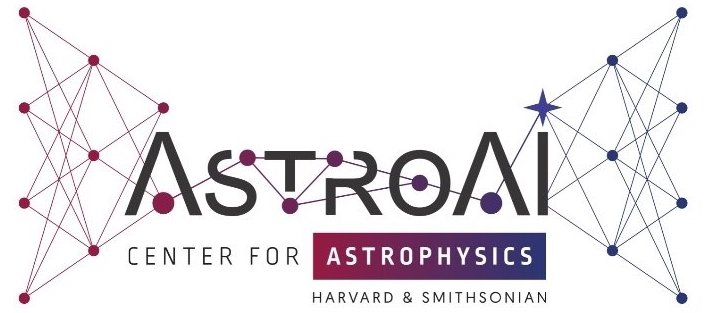Characterizing X-GAP galaxy groups dynamical state and substructures with machine learning implementations
Presenter: Nicolás Andrés Henríquez Salgado
Title: Characterizing X-GAP galaxy groups dynamical state and substructures with machine learning implementations
Date/Time: Monday, June 17th, 2:30 - 4:00 PM; Thursday, June 20th, 3:30 - 5:00 PM
Abstract: Galaxies are influenced by their environments, notably within clusters and groups which represent the largest gravitationally bound systems in the universe. This study aims to enhance understand the role of such environments, particularly focusing on preprocessing. We analyze a sample of galaxy groups from the X-GAP dataset, complemented by SDSS for analyzing member galaxies within groups and GSWLC dataset to obtain insights of the Star Formation activity. Utilizing X-ray images from XMM-Newton, center of hot gas distribution was obtained through the use of a Gaussian KDE and defined as the densest point center. Optical images from SDSS were obtained for analyze and possibly correlate punctual emission in X-ray with sources from SDSS images, this for appropriately mask peak emissions for further analysis, particularly with the aim of obtaining a set of structural parameters of the hot gas, which can be used for statistically determine the dynamical state. For analyzing substructures within the groups we used CALSAGOS, a python package developed to identify substructures, which utilizes machine learning methods like DBSCAN and GMM.
Once the structural parameters are obtained, those can be effectively used for characterizing the X-ray morphology for the groups as relaxed or perturbed. As for substructures identification, CALSAGOS provided valuable insights of the internal structures formed, which was extended up to 5 times the R200 of the galaxy groups, to detect substructures in the outskirts of the groups.
